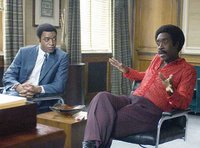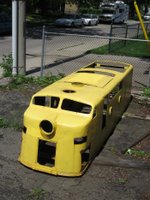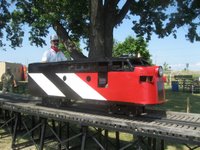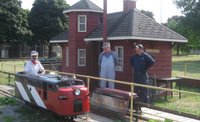
Most of you are aware that Toronto Union Station has long been a popular venue for the filming of movies, television shows, commercials and music videos. Partly this is due to the monumental scale of the photogenic Great Hall, used to great effect in the 1976 comedy/thriller "Silver Streak," starring Gene Wilder and Richard Pryor.
In recent years, many movies have been filmed in the mostly unoccupied west wing of Union Station. Since this space is not familiar to the general public, it's often not easy to identify the location when viewing these films. In the 2006 crime drama "16 Blocks," starring Bruce Willis, the third floor of the west wing was used to represent a New York City police station. Evidence of the filming still exists with NYPD decals attached to various doors and others labeled in black letters indicating NARCOTICS and COMMUNITY AFFAIRS.
Part of the attraction of this venue for Hollywood producers has to do with the fact that the third floor still retains its basic 1920 configuration with a long hallway and long abandoned architectural features such as transoms over the doorways. The most popular attraction for Hollywood, however, is the fact that the third floor of the west wing is an otherwise publicly inaccessible huge space where the filmmakers can work undisturbed.
The most recent movie to be filmed there is "Talk To Me," which has already been released in selected American cities and will be opening in Toronto on July 27. The movie stars Don Cheadle (Hotel Rwanda) as a 1960s ex-convict who becomes a popular disk jockey at a Washington R&B radio station at the time of the U.S. race riots that followed the assassination of civil rights leader Martin Luther King. The film has received positive reviews and is based on a true story.
Cheadle's character Petey Greene is generally regarded as one of the first talk radio "shock jocks" that have become so popular in recent years. The movie also stars Martin Sheen (U.S. President Josiah Bartlet in the ironically titled West Wing television series) as the beleaguered manager of radio station WOL. Sheen's office in the movie was filmed inside a former Canadian Pacific Railway vice president's office that still has the initials WOL prominently displayed on the doorway.
All of these venues, by the way, can be seen on our monthly public tours of Union Station, the next of which will be held on July 28, 2007.
by Derek Boles, TRHA





